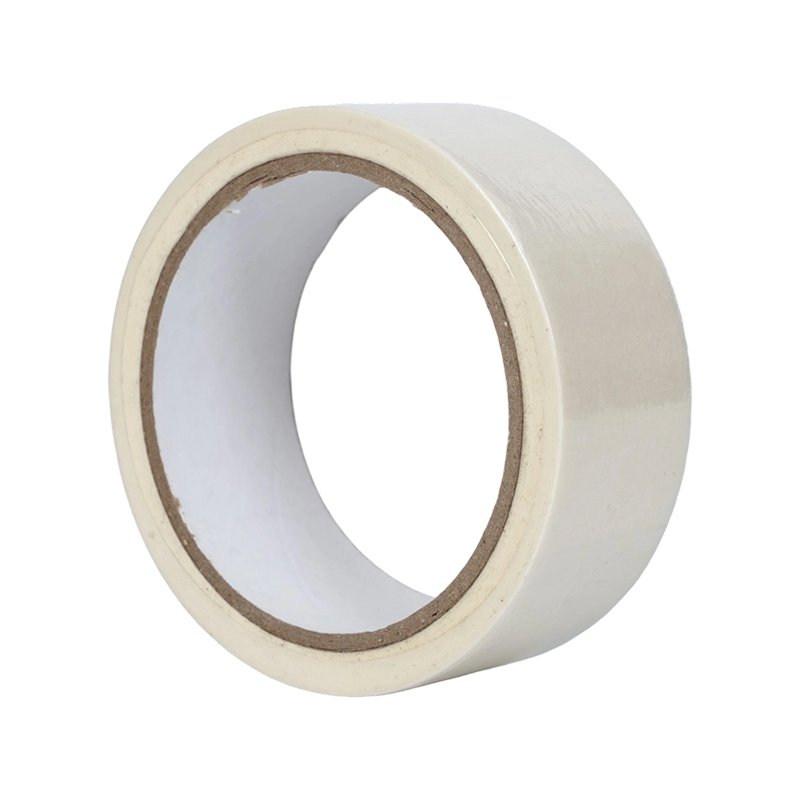Masking Tape: Key Trends and Market Insights in 2025
Masking Tape remains one of the most versatile and widely used adhesive products across industries such as automotive, construction, electronics, and home improvement. In 2025, the market is experiencing rapid growth, technological innovation, and a shift toward sustainability. What factors are driving this growth, and how is the industry adapting to new consumer demands?
What Is the Current Market Size and Growth of Masking Tape?
The global masking tape market is projected to reach approximately USD 5.83 billion in 2025, rising from USD 5.54 billion in 2024, reflecting a compound annual growth rate (CAGR) of 5.2%. Analysts predict the market could surpass USD 8.9 billion by 2035. The demand is strongest in North America, Europe, and Asia-Pacific regions, driven by expansion in construction projects, e-commerce packaging, and automotive applications.
Did you know that industrial sectors account for nearly 60% of the total masking tape consumption? The automotive industry alone uses over 120 million rolls annually for painting, surface protection, and assembly processes. In home improvement and DIY projects, decorative and functional tapes are increasingly popular, contributing to the remaining 40% of consumption.

How Is Sustainability Shaping the Masking Tape Industry?
Sustainability is a dominant trend in 2025. Are consumers and companies willing to switch to eco-friendly alternatives? Many manufacturers are now producing biodegradable masking tapes and tapes made from recycled materials. Some tapes utilize water-based adhesives instead of solvent-based formulas, reducing VOC emissions and environmental impact.
The eco-friendly masking tape segment has grown approximately 7% year-over-year, and experts expect this growth rate to continue as government regulations encourage reduced plastic use. Compostable and recyclable tapes are expected to capture more than 25% of the market share in industrial and office applications by 2030.
Which Technological Innovations Are Emerging?
Masking tape technology is evolving. How do high-performance tapes differ from standard versions? Tapes with improved heat resistance and precision cutting capabilities are gaining traction, particularly in automotive painting and electronic manufacturing.
For example, the fine-line masking tape sector is expanding at a CAGR of roughly 6% through 2032. These tapes allow precise paint edges, reduce labor time, and minimize surface damage. Some tapes now include reinforced fibers that enhance tensile strength, allowing for application in outdoor and industrial environments where durability is critical.
What Design Trends Are Influencing Consumer Choices?
Design innovations are transforming masking tape from a purely functional tool to a decorative element. How are consumers using masking tape for DIY projects and home decor? In 2025, geometric patterns such as triangles, chevrons, and herringbone are popular. Abstract designs, minimalist color palettes, and pastel shades are trending among students, hobbyists, and interior decorators.
How Is the Competitive Landscape Shaping Up?
Which companies are leading the market in 2025? 3M, Tesa, and Scotch continue to dominate, collectively holding roughly 35% of global market share. These companies focus on product quality, eco-friendly solutions, and branding. Regional manufacturers in Asia-Pacific are gaining competitiveness through lower pricing and tailored local designs, capturing about 25% of the regional market.
What Are the Key Challenges Facing the Industry?
The masking tape industry faces challenges such as raw material cost volatility and environmental regulations. How do manufacturers balance cost, quality, and sustainability? Rising petroleum-based resin prices affect production costs, while demand for biodegradable materials can increase manufacturing complexity. Ensuring consistent adhesion, color quality, and durability across batches remains a critical focus area.
Conclusion
Masking Tape in 2025 is more than a simple adhesive—it is an evolving product category responding to market growth, technological advances, and sustainability trends.


 ENG
ENG
 Español
Español عربى
عربى











